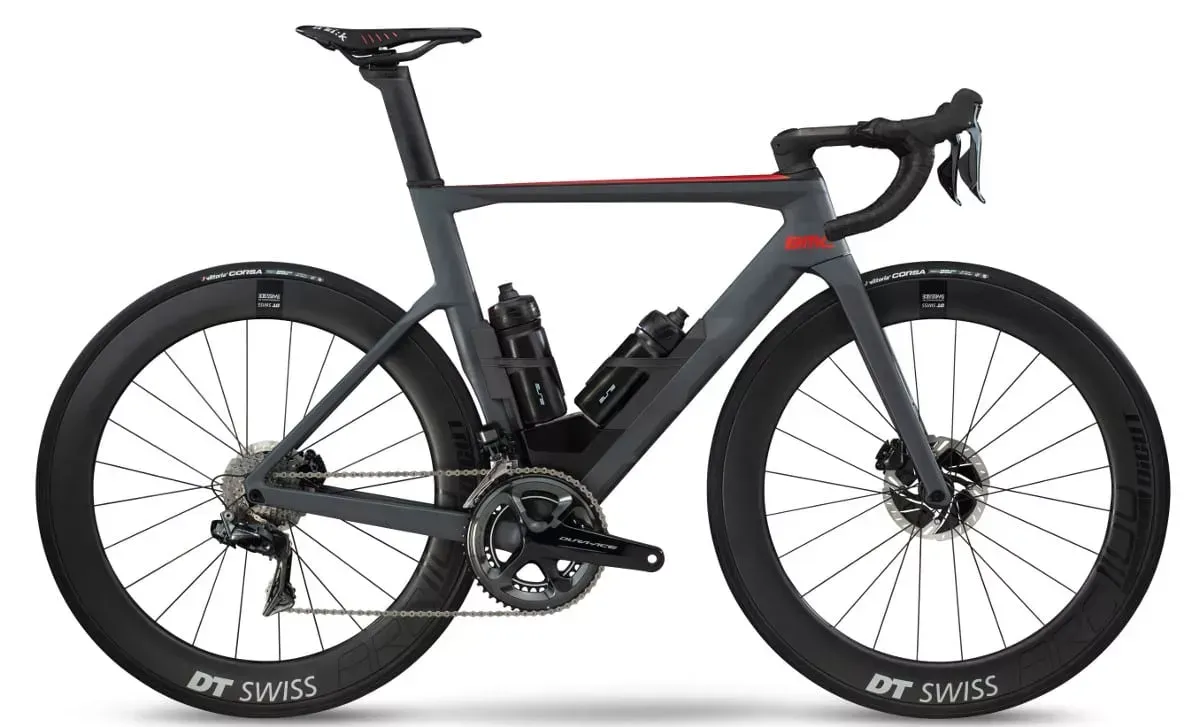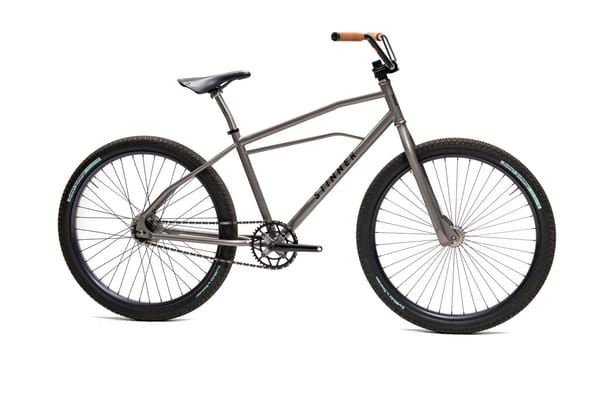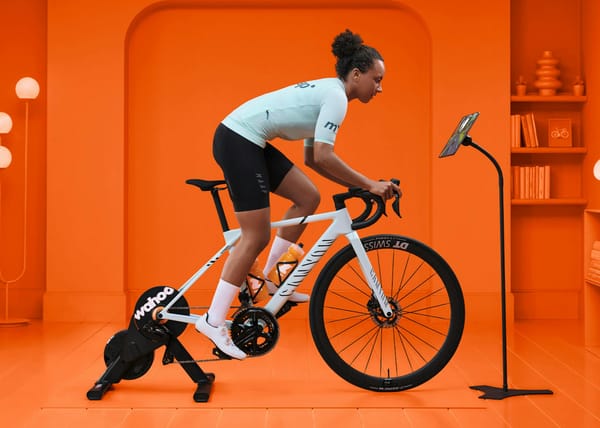The New BMC Timemachine Road

Another new bike debuting tomorrow at the Tour de France, Team BMC will roll out their latest aero road weapon the new Timemachine Road. Aero is king these days, so how is BMC separating itself in a sea of flat tubes? By optimizing the water bottle attachments. According to BMC,
“in-depth CFD analysis made it clear that conventional bottle cages pose a major obstacle to the efficiency of aero road bikes, already causing airflow separation at very low yaw angles.
…
By blending hydration and storage elements into a modular system and repurposing them to improve the bike’s aerodynamic performance while maintaining their functionality”
It’s certainly an interesting new design and thankfully has been built to use standard bottles, usually aero-ification of hydration entails some proprietary funky shaped bottles. Not a great option when you’re relying on neutral support for water. For those less inclined to run the “aero box” system (and if you don’t want to run afoul of the UCI rules limiting aero fairings), the box is removable.
The new Timemachine Road is available in the following models: Timemachine Road 01 ONE, Timemachine Road 01 TWO, Timemachine Road 01 THREE and Timemachine Road 01 frame and in sizes 47cm, 51cm, 54cm, 56cm, 58cm, 61cm.
BMC says the new bike is faster, how fast though isn’t clear, “Through an identical test environment we were able to compare the Timemachine Road 01 directly with the Teammachine SLR01, and several hours and kilometers later the new Timemachine Road 01 provided consistent and measurable power savings for all types of riders.”
Similar to all the new aero competition, the new BMC runs with thru-axles and disc brakes. The Kamm tail seat tube has also been reworked utilizing their TCC (Tuned Compliance Concept) lay-up. Even the front brake rotor has its own wind cheating fairing, again the UCI will probably have you remove it.
Definitely a slick looking machine and I like that standard bottles were utilized in optimizing it. That said, a lot of the cool bits have to be unbolted for racing, so in real race conditions it will look a bit less menacing.





